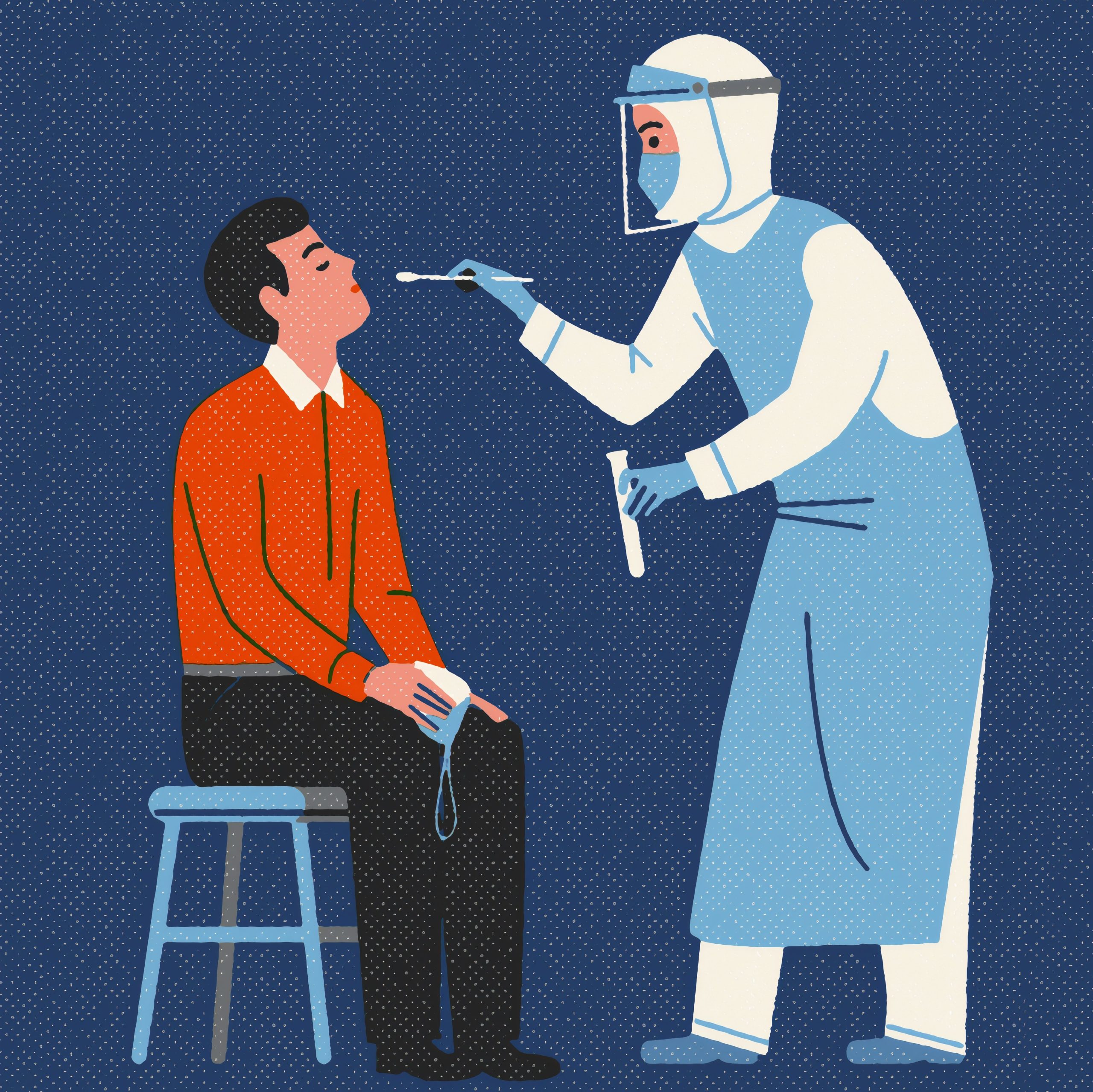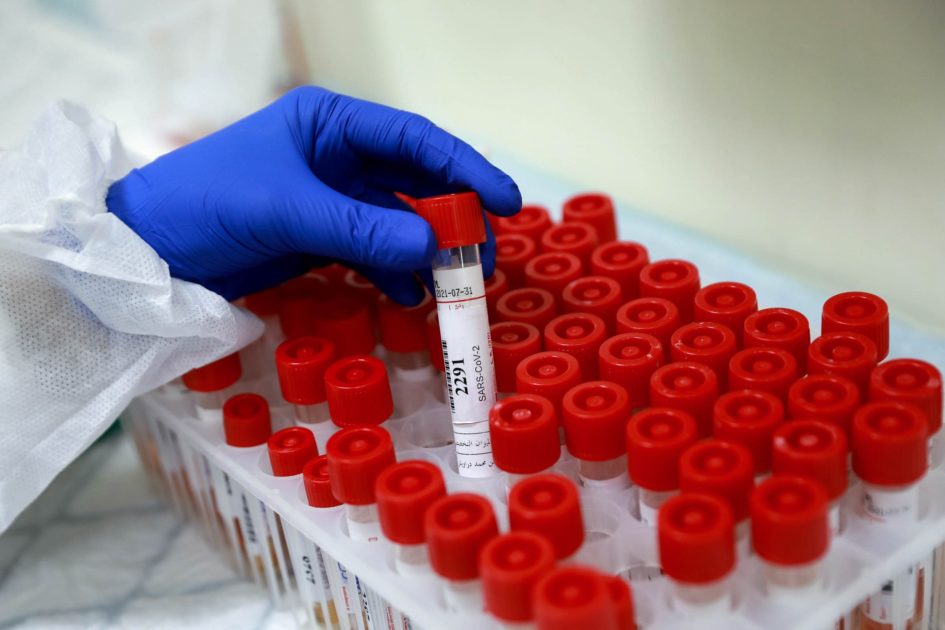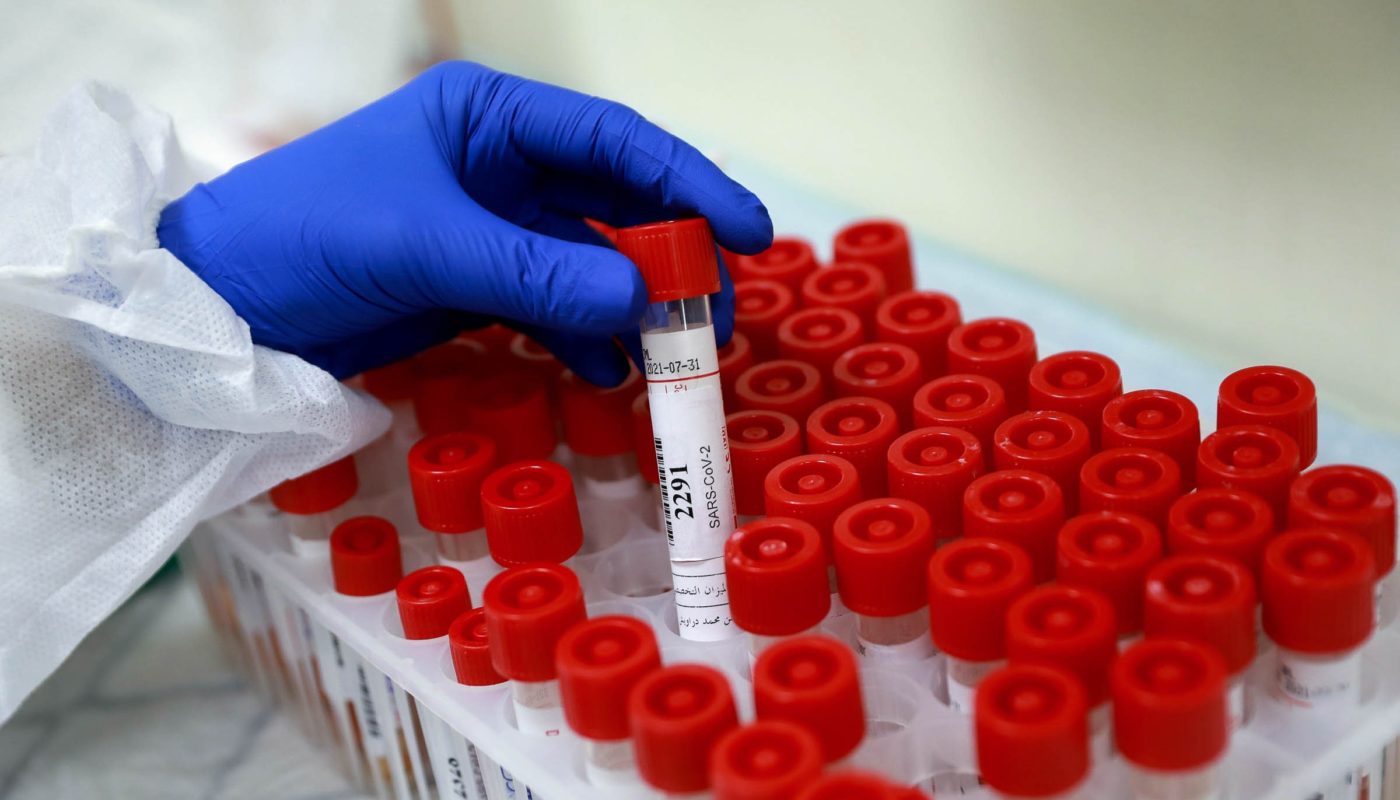A big part of Capital University’s plans to combat the spread of COVID-19 is to conduct a series of satellite testing and contact tracing among students, faculty, and staff. Each week random individuals are selected to participate in nasal specimen collection. For those wondering what the process looks like, here is a look at the process:

Contacting Students
I was randomly selected on Friday, Oct. 16 for surveillance testing. The email, sent shortly after 4 p.m. by healthinfo@capital.edu, informed me that I needed to report to Schneider North in the Student Union on Monday morning to conduct my test. For me, it was no issue, but if other students are also receiving such a short notice, I could see that being an issue.
Pre-Test
Capital University has partnered with Bexley Urgent Care to conduct nasal specimen testing for COVID-19. Before the test, I was asked to fill out two forms: a physical consent form to be printed out and brought to the test and an online form to collect demographic information.
Test Day
The testing process was very straightforward. Schneider North was empty when I arrived besides a check-in desk and a closed-off area behind where testing was being conducted. I checked in and headed back to my exam room.
The exam room had a simple layout, with a small desk and a practitioner there to conduct the test. Up to that point I had heard different things about the nasal specimen test. To some, it was just uncomfortable. To others, it made their nose bleed. To some, it didn’t phase them at all.
For my exam, the practitioner swabbed both nostrils. What I did not expect was the burning sensation that I felt. It was nothing extreme, but it did catch me off guard. Besides that and a little bit of eye watering, though, I was completely fine.
The Results

Participants were to receive results via two separate methods: an email linking to a password-protected website or a phone call. Negative test results would be delivered via this email with the password being provided by the practitioner the day of the exam (printed on a little orange sheet of paper).
Positive results (meaning you are infected with COVID-19) were to be delivered via a phone call. A representative from Bexley Urgent Care would call you and inform you of the necessary next steps to be taken.
Fortunately for me, I received an email with my results on Oct. 21, two days after my test. The password protected file, while a little confusing to navigate, clearly stated the negative test result.
Conclusion
I am happy to see the University conduct this testing to keep students safe, but the system is not perfect. For one thing, I think the University should be informing people at least a week in advance to confirm their testing date. I also would like to see the testing dashboard updated daily if possible. This way members of the Capital Community can get the most up to date information on the health of the campus community.


